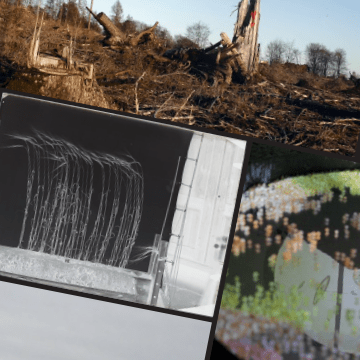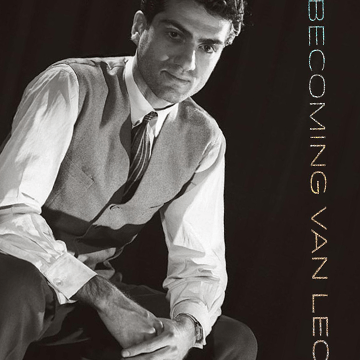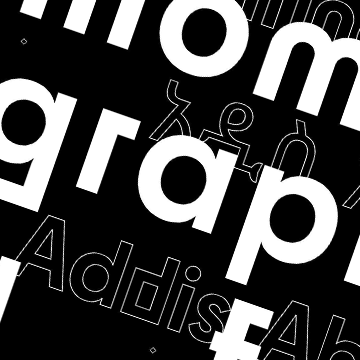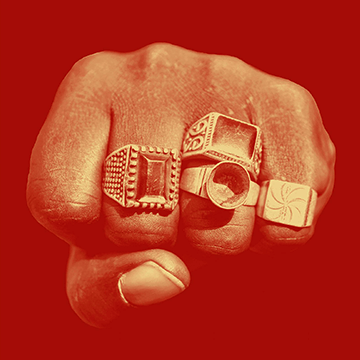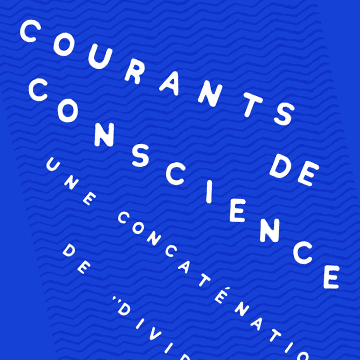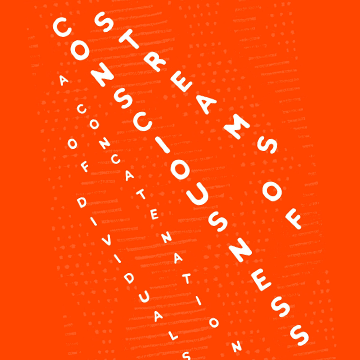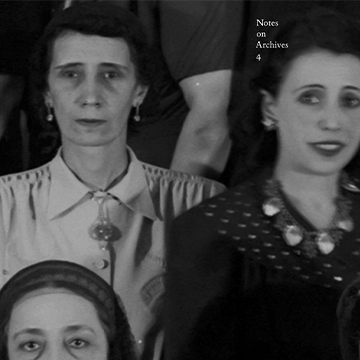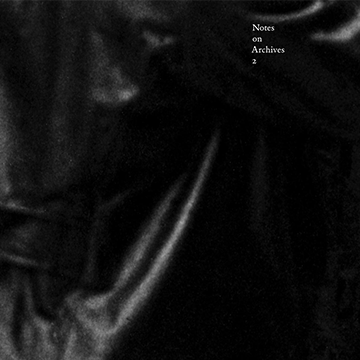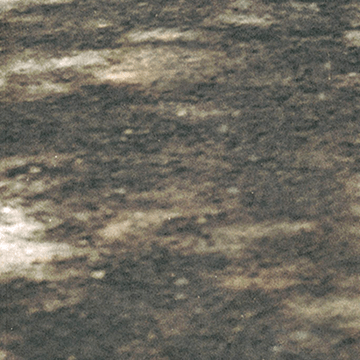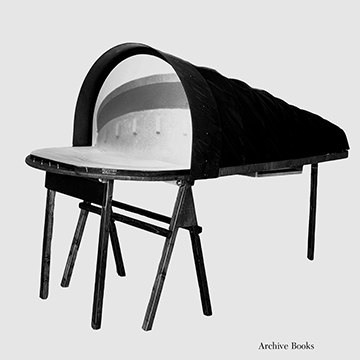Genocide in Namibia is an especially sensitive matter—its history has at times been ignored, underestimated, or even denied outright.
In the artistic documentary Fraitaxtsēs sores tsîn ge ra≠gâ - Ondjembo yo Null Vier, Ixmucané Aguilar has worked in close collaboration with Nama and OvaHerero people who vividly evoke memories and rituals of mourning caused by human loss and land dispossession under Imperial Germany’s violent occupation.



